Walking through the 12 rooms of the exhibition ‘Boldini and Fashion’ at the Palazzo dei Diamanti in Ferrara is as close as a visitor can get to travelling through the pages of À la recherche du temps perdu. One encounters portraits of some of the main characters of Marcel Proust’s novel – the decadent aesthete Baron de Charlus above all – and the extraordinary clothes and trimmings of its female protagonists, including the exquisite rosy shoes of Oriane, Duchesse de Guermantes. The characters conjured by Proust live in this exhibition through the effigies of the people who inspired the fictional characters: Robert de Montesquiou (who became Charlus in the novel) and Élisabeth Greffulhe (who inspired the Duchesse de Guermantes). They were immortalised by the brush of Giovanni Boldini (1842–1931), a painter of Ferrarese origins who spent most of his career in Paris, portraying the international high society of the time.
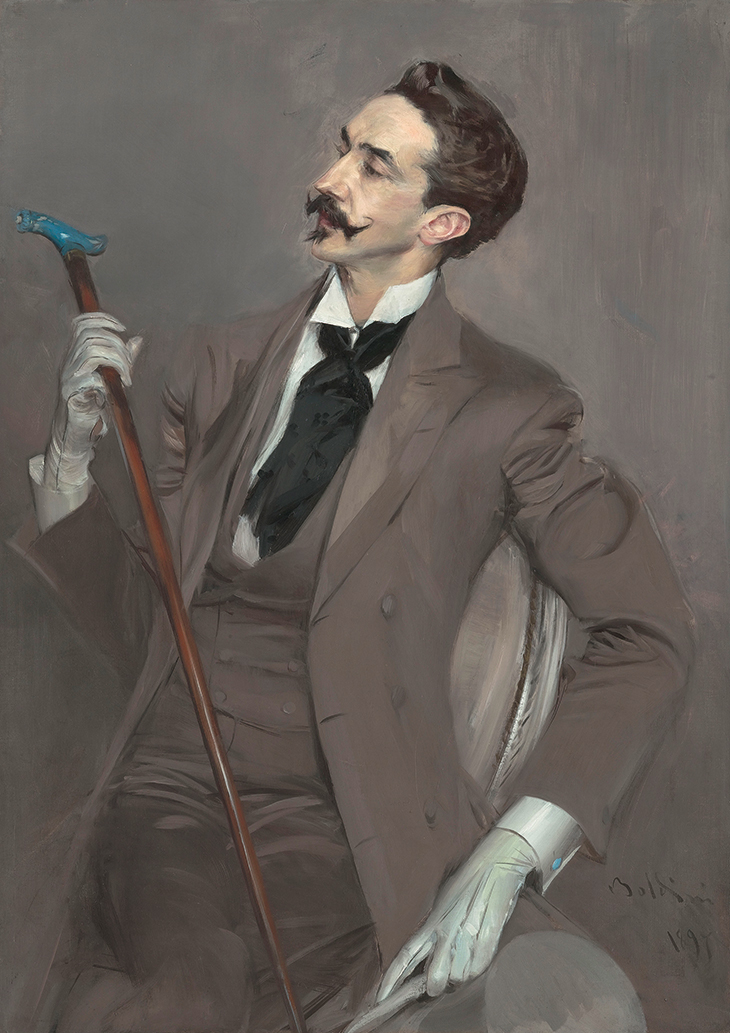
Count Robert de Montesquiou (1897), Giovanni Boldini. © RMN-Grand Palais (Musée d’Orsay), photo Hervé Lewandowski
The Museo Giovanni Boldini in Ferrara, the only museum dedicated to the artist, holds a number of Boldini’s greatest works, as well as his letters and objects from his house and studio. Though it has been closed since 2012, when a devastating earthquake damaged a number of historic buildings in the town, it remains a beacon for scholarship on the artist, and its curator, Barbara Guidi, who has overseen the publication of Boldini’s letters, is one of the most acute specialists on the painter. Together with the Fondazione Ferrara Arte, which has brought to Palazzo dei Diamanti a series of rigorous and internationally praised exhibitions in the last decades, she is now responsible for this monographic exhibition that looks at the relationship between Boldini and fashion. This is far from being the first show to bring together art and fashion – similar displays have been dedicated to Whistler, Sorolla and Impressionism – but it is fully justified by the attention Boldini and his muses lavished on fashion over a period of more than 30 years, from the 1880s to the outbreak of the First World War.
The exhibition includes almost 130 objects, but literature also plays an important role. The show opens with a large room devoted to Parisian fashion as described by Baudelaire; and it is a journey not only through Proust’s Recherche, but through Henry James’s The Portrait of a Lady (1881) and Oscar Wilde’s The Picture of Dorian Gray (1890); Joris-Karl Huysmans and Gabriele D’Annunzio are also evoked. The core of the exhibition is 64 paintings and works on paper by Boldini himself, spanning most of his career as a portraitist. Paintings by his contemporaries – Manet, Degas, Seurat, De Nittis, Helleu, Sargent, Whistler and Blanche – add a broader and thought-provoking context for understanding the world in which the painter lived and worked. Twenty outfits, by Jeanne Paquin, Paul Poiret, Worth, the Callot sisters, Jeanne Lanvin, John Redfern and Mariano Fortuny, as well as Italian designers, bring to life the theatrical wardrobes Boldini portrayed. The juxtaposition of his dreamy Portrait of Madame Charles Max (1896) and a John Galliano dress from 2005 draws attention to Boldini’s enduring influence on designers. The most startling objects are the accessories: from an amazon’s saddle to fans, canes, a corset, and an astonishing jungle of 11 feathered hats. Antonio Ravalli has designed a number of beautiful exhibitions at Palazzo dei Diamanti, and has here again created an effective installation, with mirrors that enlarge the Renaissance rooms and link the clothes with the paintings and the viewers, who find themselves lost in a game of stimulating reflections.
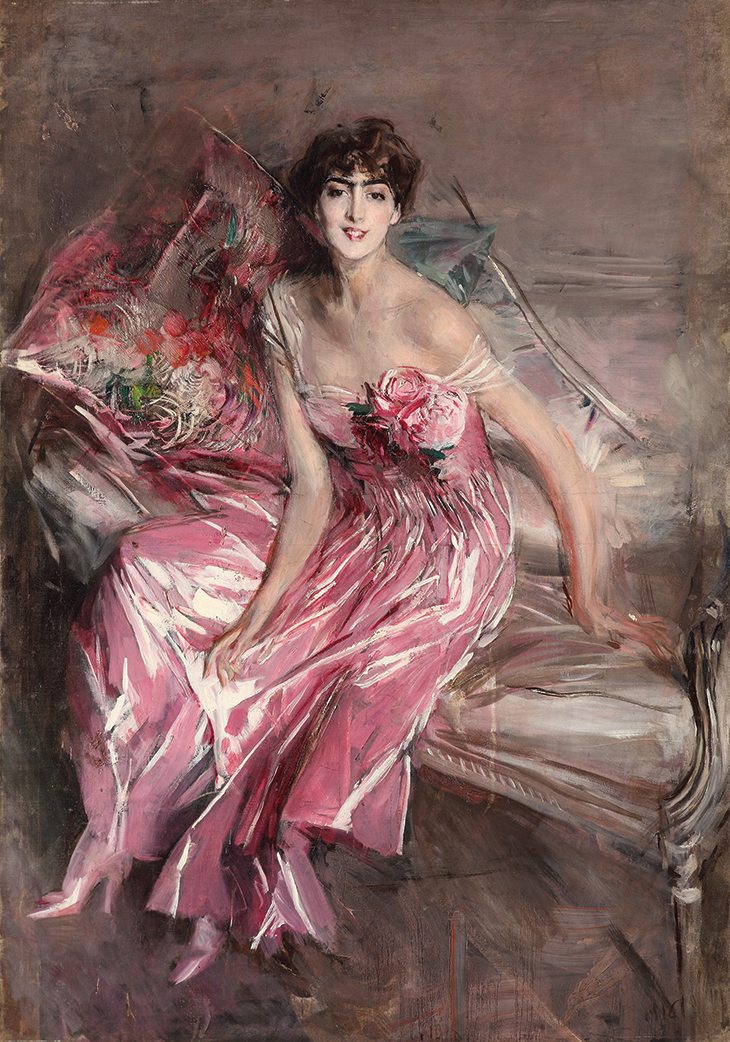
The Lady in Pink (Olivia Concha de Fontecilla) (1916), Giovanni Boldini. Museo Giovanni Boldini, Ferrara
Boldini’s art has long been reviled by many, the ‘fireworks displays’ of his paintings described as ‘glorified fashion plates’; one critic even described the painter’s sitters as bacchantes or vampires. The exhibition shows what a remarkable painter Boldini was. He perceptively captured society at a crucial time when fashion was radically changing. The women who inhabit the first few rooms of the show, in their crinolines and voluminous dresses, are a world apart from the dashing women of the last room, already looking ahead to the 1920s, The Great Gatsby and the Jazz Age. Boldini lived and worked between Italy and Paris and knew some of the most elegant and celebrated society people of the time. The enfilade of three of Boldini’s most beautiful portraits – of Lady Colin Campbell (1894), Robert de Montesquiou (1897) and Whistler (1897) – highlights his brilliance and pictorial intelligence, at the same time as recording some of those notable figures of European society. Twenty years later it would be the turn of the Marchesa Luisa Casati, memorably portrayed in a hysterical wilderness of peacock feathers.
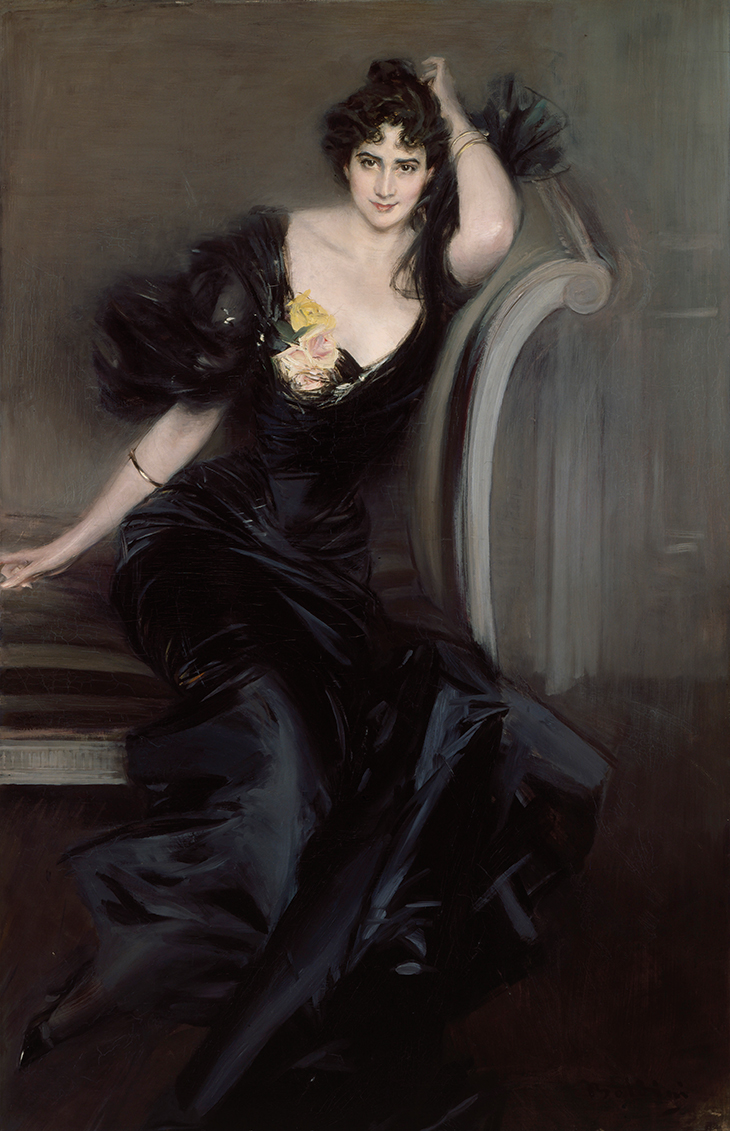
Gertrude Elizabeth (neé Blood), Lady Colin Campbell (1894), Giovanni Boldini. © National Portrait Gallery, London
This project looks at a fundamental aspect of Boldini’s art in a serious and inspiring manner. Its roots are firmly planted in scholarship on the painter’s life and career, but it also understands broader aspects of art and fashion from the time. Boldini’s own involvement with fashion was paramount, especially after he started collaborating in the early 1900s with the French fashion magazine Les Modes, which often reproduced portraits and drawings by the painter. Many of his sitters were tastemakers and innovators. By its judicious choice of paintings and costumes, the exhibition provides an original lens under which Boldini can be understood in a fresh and altogether enlivening manner.
‘Boldini and Fashion’ is at the Palazzo dei Diamanti, Ferrara until 2 June.
From the April 2019 issue of Apollo. Preview the current issue and subscribe here.
Unlimited access from just $16 every 3 months
Subscribe to get unlimited and exclusive access to the top art stories, interviews and exhibition reviews.

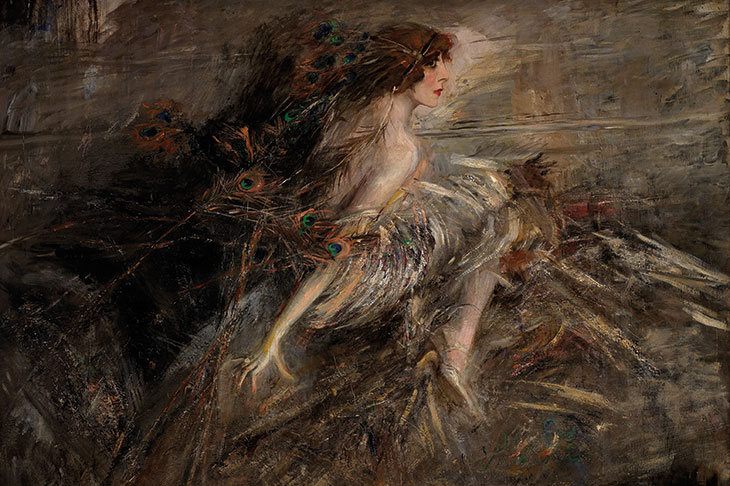
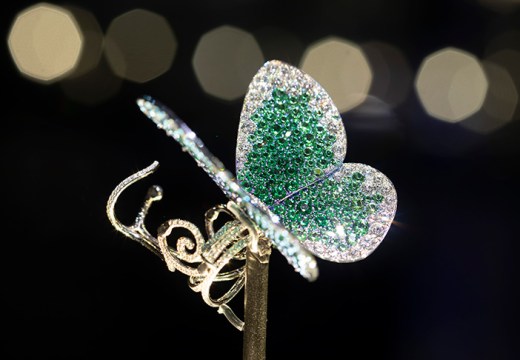
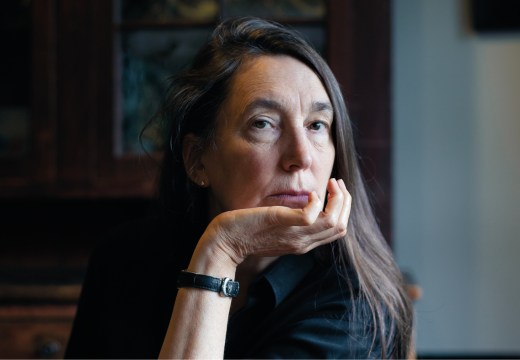
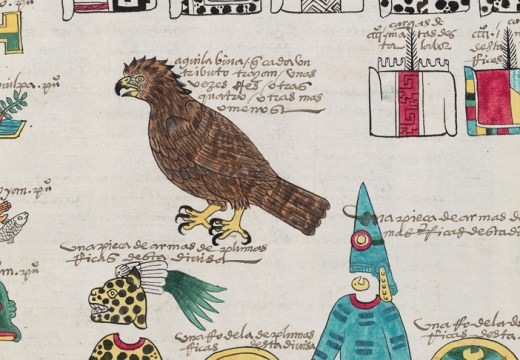









![Masterpiece [Re]discovery 2022. Photo: Ben Fisher Photography, courtesy of Masterpiece London](http://www.apollo-magazine.com/wp-content/uploads/2022/07/MPL2022_4263.jpg)
Has the Fitzwilliam lost the hang of things?